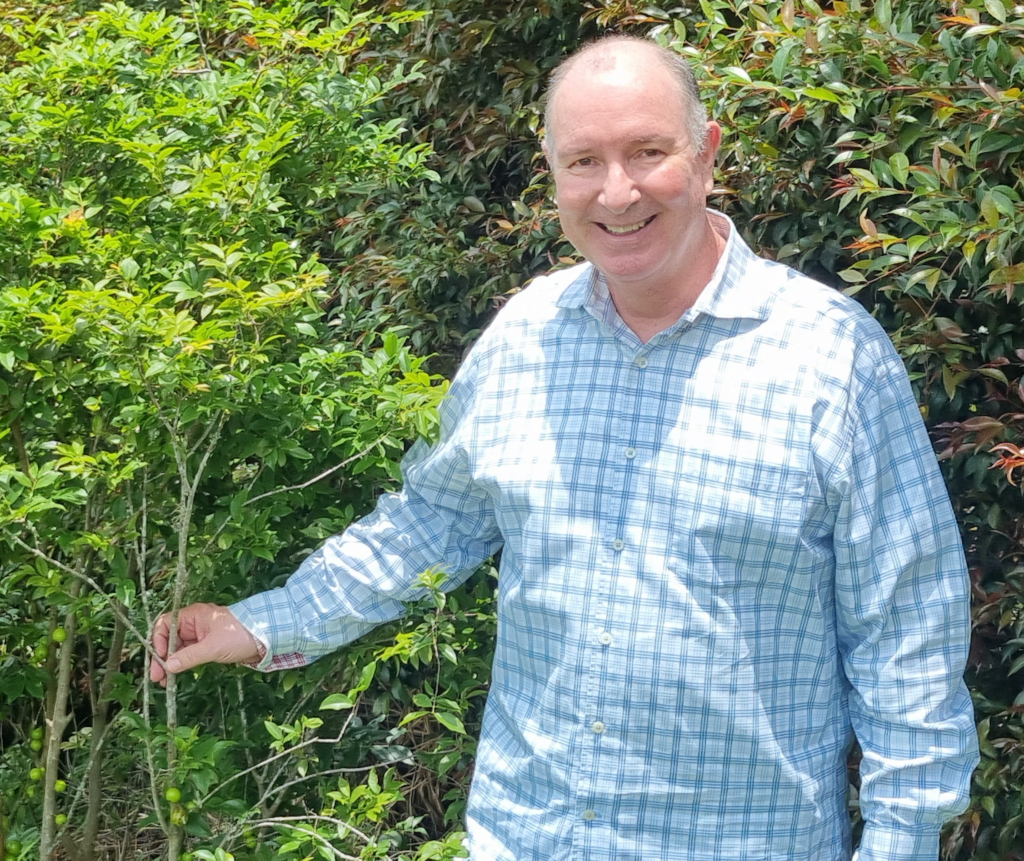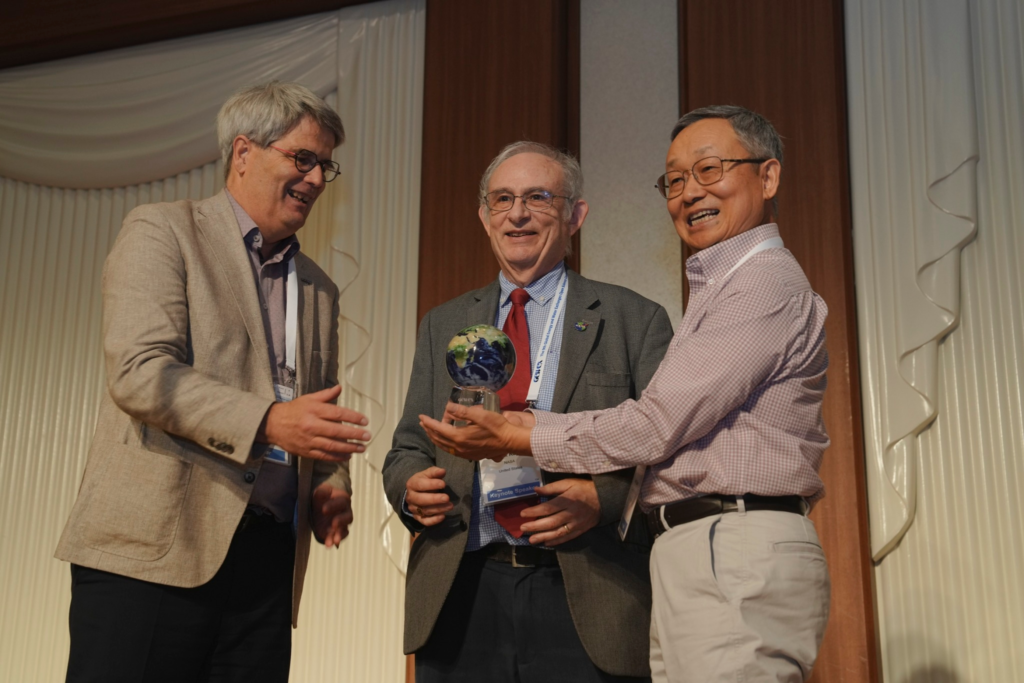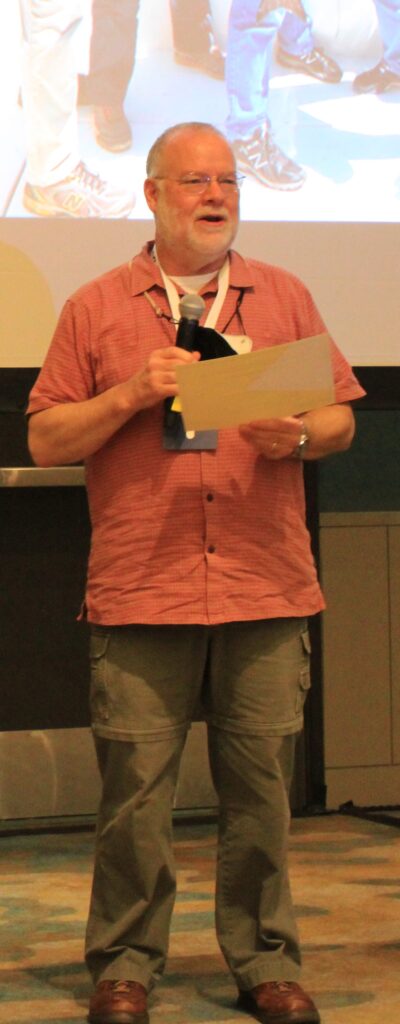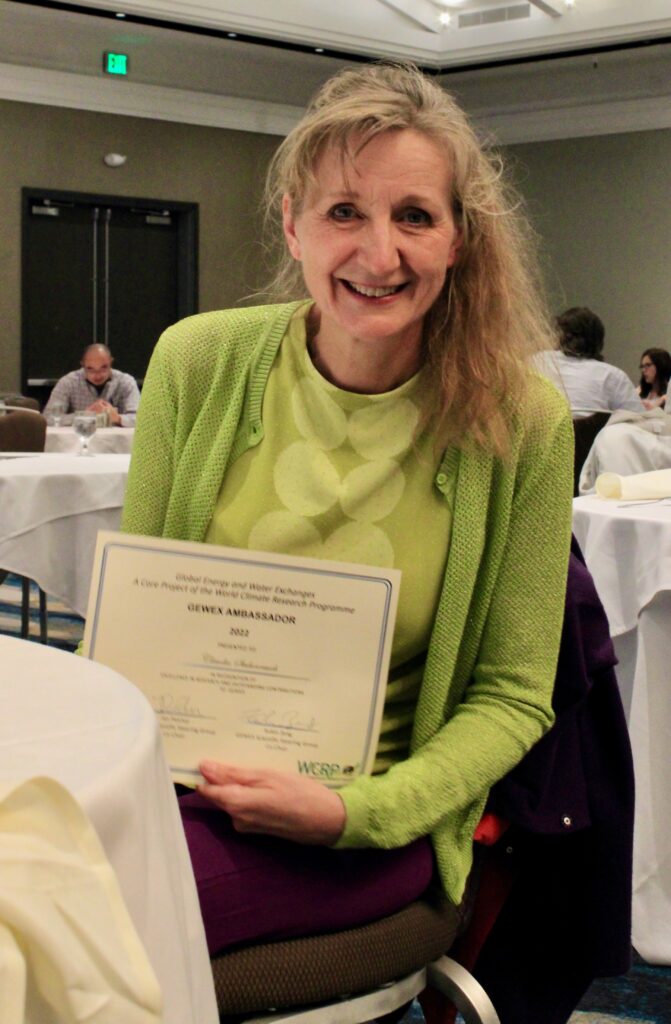GEWEX Ambassador and the Lifetime Contribution Award
GEWEX has substantially contributed to the development of our understanding of the water and energy cycles of the Earth system (See Stephens et al. 2022). The GEWEX community has decided to honor their colleagues who have made this international program possible by contributing a significant amount of their time and energy and who can continue to promote GEWEX in the broadest sense with two new distinctions: the title of GEWEX Ambassadors and the GEWEX Lifetime Contribution award. For more information click here.
2024 Lifetime Achievement Award
Jack Kaye
National Aeronautics and Space Administration (NASA)
For a career long dedicated support to the International GEWEX Project Office (IGPO) and the World Climate Research Programme in general. NASA’s 30+ years of support enables the smooth operation of the IGPO, leading to the long-term success of GEWEX.
Toshio Koike
International Centre for Water Hazard and Risk Management
For a career long dedicated support to the GEWEX Hydroclimatology Panel (GHP) / the Coordinated Energy and Water Cycle Observations Project (CEOP) and Earth Simulator.
2024 GEWEX Ambassadors

Germán Poveda
Universidad Nacional de Colombia (UNAL)
Germán Poveda of the Universidad Nacional de Colombia (UNAL) in Medellín, Colombia is the first GEWEX Ambassador hailing from Latin America, and has long been involved in GEWEX. He was a member of the Scientific Steering Group from 2016–2024, and was a founding co-chair of ANDEX, the Regional Hydroclimate Project for the Andes.

Irina Sandu
European Centre for Medium-Range Weather Forecasts (ECMWF)
Irina Sandu, Director of the EU Destination Earth initiative at the European Centre for Medium-Range Weather Forecasts (ECMWF), has been involved in GEWEX in a variety of ways over the years. She led model intercomparison projects, including one on surface drag and momentum transport, and served as a Global Atmospheric System Studies (GASS) Panel member from 2018–2022.
2023 GEWEX Ambassadors
Christa D. Peters-Lidard
National Aeronautics and Space Administration (NASA) Goddard Space Flight Center
As a land surface hydrologist, I was first engaged in GEWEX while I was a graduate student during a PILPS workshop at Princeton University. This raised my awareness about the GEWEX Land Atmosphere System Study (GLASS), which became well-known for the 2×2 matrix of model intercomparison projects that spanned Local—Global and Coupled—Uncoupled.
GLASS produced such key initiatives as PILPS (Local, Uncoupled), GLACE (Global, Coupled), and GSWP (Global, Uncoupled). When I became a member of the GLASS panel in 2004, there was great interest in completing this matrix with a project focused on Local Coupling. At a joint workshop with GABLS at KNMI in Utrecht, Netherlands, the Local Coupling (LoCo) project was born.
LoCo took advantage of a project that I was leading at the time known as the NASA Unified Weather Research and Forecasting (NU-WRF) project, which coupled the community WRF model to our Land Information System (LIS; http://lis.gsfc.nasa.gov), enabling multiple PBL schemes and multiple land surface models to interoperate. This led to a series of foundational publications on LoCo metrics and analysis led by Joe Santanello, who later became a GLASS member.
Over the years, I have attended many GEWEX conferences, including Melbourne, Australia; Frascati, Italy; and Canmore, Canada, among others. As GLASS evolved to embrace carbon cycle processes with iLEAPS, in addition to urban parameterization, benchmarking, and data assimilation, these GEWEX activities have had a profound impact on land surface modeling and data assimilation research and applications. By promoting integrated Earth system research under GEWEX, along with other WCRP projects and programs, our community has been at the forefront of addressing some of the most pressing questions in climate change research, mitigation, and adaptation.
Andy Pitman
Australian Research Council (ARC) Centre of Excellence
My career has focused on understanding and modelling the Earth’s water cycle and energy fluxes at, and below the surface and in the atmosphere – the core objective of GEWEX.
I have prosecuted the need for a deeper focus on land processes via multiple roles in the IPCC (Lead Author twice, Review Editor once) and through GEWEX. My personal history in GEWEX goes back to 1990 where, with Ann Henderson-Sellers, I co-led a 1-year program (the Project for the Intercomparison of Land surface Parameterization Schemes, PILPS, e.g., Henderson-Sellers et al., 1995) which lasted over a decade. This generated dozens of major papers focused on soils, hydrology, terrestrial fluxes, snow, frozen soils etc. and may have been the first “MIP” – something GEWEX was instrumental in establishing. I had involvement in an associated project – the Global Soil Wetness Project (GSWP, led by Paul Dirmeyer) and maintain engagement in The Protocol for the Analysis of Land Surface Models (PALS) Land Surface Model Benchmarking Evaluation Project (PLUMBER, Best et al., 2015, Haughton et al., 2016). This work continues to this day (e.g., Lipson et al., submitted). All of these were GEWEX-GLASS initiatives. These point to the focus of my research within GEWEX which is largely within GLASS. I was part of the leadership group that established GLASS with Jan Polcher, Paul Dirmeyer and Taikan Oki which I would argue has proven to have been quite forward-thinking initiative. I chaired GLASS for several years and acted on the Science Steering Committee for many years.
2022 GEWEX Ambassadors
34-Bth GEWEX Scientific Steering Group Meeting,
Monterey, CA, USA, on 26 + 27 July, 2022
Michael Ek,
National Center for Atmospheric Research (NCAR)
I participated in the first PILPS workshop in 1992, in Columbia, Maryland, USA (AHS was there!), just after GEWEX was established in 1990; this was perhaps one of the first proto-GLASS land projects(?), where I contributed to the different phases of PILPS. In 1994, I attended the first GCSS meeting at NCAR when we were testing our OSU BL cloud model. Then at a climate conference in Utrecht, NL, in 2000, after I had moved to NOAA/NCEP, the first GABLS meeting was held where I engaged in the various GABLS phases that followed, including a focus on land-atmosphere interaction (L-AI) in GABLS/DICE projects.
LA-I became the focus of my PhD which I completed in 2005 under the direction of Bert Holtslag, GABLS co-chair for several years. Then in 2009 I was invited to join the GEWEX GLASS panel, and later served as the GLASS co-chair (2015-2020); I have continued to be involved in GLASS and other GEWEX activities, plus in GEWEX liaison roles with other WWRP and WCRP programs, and along the way helped with organizing the 2014 and 2018 GEWEX Open Science Conferences. All the Earth system research under GEWEX leverages synergetic interactions in various GEWEX activities and with other WCRP projects and programs. This has allowed for more robust model development — in my case, specifically for NOAA/NCEP and later in my program after I moved to NCAR in 2018. I continue to encourage NOAA and NCAR, and the Earth system modeling community in general, to use what is learned in GEWEX to advance their models, as well as to participate in and contribute to activities under GEWEX.
Claudia Stubenrauch,
Laboratoire de Météorologie Dynamique, IPSL, CNRS
In 2006 I was asked by Bill Rossow, who was at that time the GRP chair, to co-lead the GEWEX cloud assessment, the first international assessment of 12 state-of-the-art global cloud climatologies from space observations, first together with Bryan Baum and later with Stefan Kinne. With the help of all retrieval teams, we provided the community with a common database, which served as a reference for further assessments.
The resulting WCRP report and BAMS article (Stubenrauch et al., 2012) synthetized how cloud properties are perceived by instruments measuring different parts of the electromagnetic spectrum. Since in the meantime retrievals have been revised and new global long-term cloud datasets have emerged, we are building an updated GEWEX cloud assessment database, which can be extended by the teams once per year. A review article in preparation highlights the extra value obtained from combining complementary datasets and the use of the histograms for studying the temporal variation.
In 2007 I was elected as a member of the GEWEX Data and Assessment Panel. I really enjoyed to be part of this very active panel until 2019. During this period, the activity of GEWEX Process Evaluation Studies (PROES) emerged, and in 2015 I was asked by Graeme Stephens to lead the PROES for Upper Tropospheric Clouds and Convection. This working group links communities from observations, radiative transfer and transport modelling, as well as small scale process and climate modelling. The goal is to gain a better understanding of the interconnection between the convection and the properties of the outflowing anvils and in particular to provide observational metrics to probe process understanding. Therefore, we are developing different datasets, using a cloud system approach, in order to get a complete 3D description of mesoscale convective systems.








